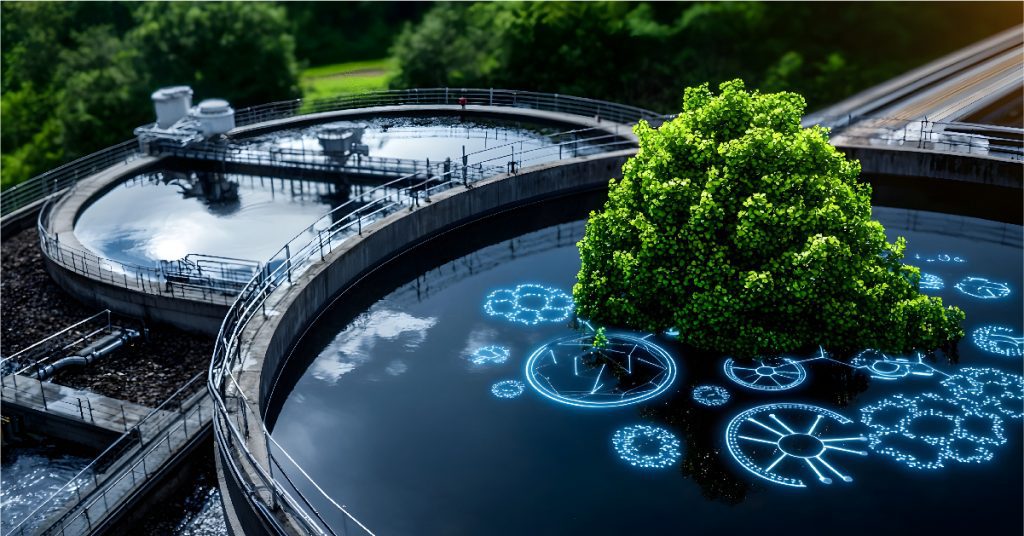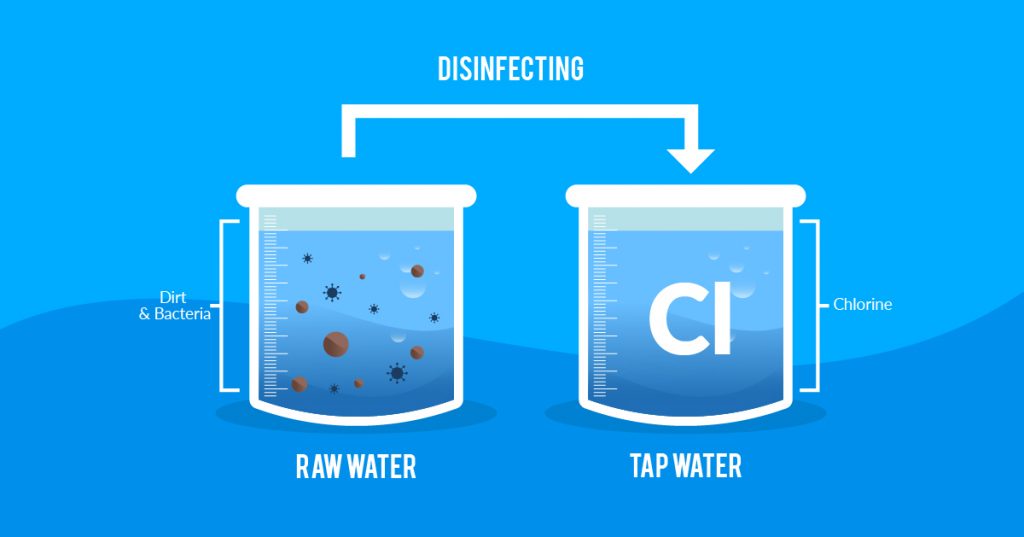Water is essential to various industries, from healthcare to manufacturing and even household applications. Two commonly used types of purified water are deionized water and distilled water. While both undergo purification processes to remove impurities, they differ significantly in their methods and applications. Understanding these differences is crucial for choosing the right type of water for your specific needs. In this blog, we will explore the distinctions between deionized water and distilled water, their uses, and how each type is produced.
What is Deionized Water?
Deionized water is water that has had its mineral ions removed, including cations like sodium, calcium, iron, and copper, and anions such as chloride and sulfate. This is achieved through a process called ion exchange, which uses resin beds to attract and replace these ions with hydrogen and hydroxyl ions. The result is water that is free from dissolved salts and minerals.
Deionized water is commonly used in laboratories, pharmaceutical manufacturing, and electronic component production, where the presence of minerals can interfere with processes or outcomes. One of the significant advantages of deionized water is its high purity level, making it ideal for applications requiring minimal ionic contamination.
What is Distilled Water?
Distilled water is produced through a process called distillation, which involves boiling the water and then condensing the steam into a separate container. This process removes contaminants like bacteria, viruses, and dissolved solids. Distillation effectively eliminates minerals and organic compounds, resulting in highly purified water.
Distilled water is often used in medical equipment, automotive batteries, and household appliances like steam irons. While it is free from impurities, the distillation process is energy-intensive and slower compared to other purification methods.
Deionized Water vs Distilled Water: Key Differences
1. Purification Process
- Deionized water is produced using ion exchange technology, where charged resins attract and remove ions from the water.
- Distilled water is created through boiling and condensation, which removes both ionic and organic impurities.
2. Impurity Removal
- Deionized water primarily removes dissolved salts and minerals but may still contain organic molecules and bacteria if not properly treated.
- Distilled water eliminates most impurities, including microorganisms, minerals, and volatile organic compounds.
3. Purity Level
- Deionized water is exceptionally pure regarding ionic content but may still carry organic contaminants.
- Distilled water is pure across both ionic and organic contaminants, making it more suitable for sensitive applications.
4. Production Efficiency
- Deionized water systems are typically faster and more energy-efficient compared to distillation systems.
- Distillation requires significant energy to boil and condense water, making it less efficient for large-scale applications.
5. Applications
- Deionized water is widely used in laboratories, electronics manufacturing, and pharmaceuticals.
- Distilled water is commonly used in medical settings, automotive maintenance, and certain household appliances.
Applications of Deionized Water in the USA
The United States has a diverse range of industries that benefit from deionized water systems. Here are some common applications:
- Laboratories: Deionized water is essential for experiments where ionic contamination could affect results.
- Pharmaceutical Manufacturing: Deionized water ensures the consistency and purity of medications.
- Electronics: The production of semiconductors requires water that is free of ions to prevent damage to delicate components.
- Automotive Industry: Deionized water is used in car batteries and cooling systems.
Applications of Distilled Water in the USA
Distilled water also plays a critical role in various sectors across the USA, such as:
- Medical Equipment: Hospitals use distilled water in sterilizers and dialysis machines.
- Household Appliances: Distilled water prevents mineral buildup in steam irons and humidifiers.
- Automotive Maintenance: Distilled water is commonly used in lead-acid batteries and coolant systems.
- Cosmetic Industry: Skincare and haircare products often use distilled water for purity and consistency.
Which One Should You Choose?
The choice between deionized water and distilled water depends on your specific application requirements. If your application requires water free of minerals but does not need to be free of organic compounds, a deionized water system may be more efficient and cost-effective. On the other hand, if the application demands water that is free of both minerals and microorganisms, distilled water is the better option.
For industrial applications where large volumes of purified water are needed, deionized water systems are generally more practical due to their efficiency and lower operational costs. Distillation, while effective, can become expensive and time-consuming for high-demand applications.
Ion Exchange’s Contribution to Delivering Superior Deionized Water Systems
INDION EDI
The INDION Electrodeionisation (EDI) System from Ion Exchange delivers consistent, high-purity water without the need for chemical regeneration, making it both cost-effective and hassle-free. This robust and reliable system integrates the proven technologies of electrodialysis and ion exchange resin deionization, offering a continuous process for producing ultrapure water using ion exchange membranes, resins, and electricity. With features like minimal maintenance and reduced operational costs, the INDION EDI System ensures a steady supply of ultrapure water, making it an ideal solution for various industrial applications.
INDION HEMO
INDION HEMO, a state-of-the-art solution from Ion Exchange, is designed to deliver ultrapure water essential for safe and effective artificial kidney dialysis. Adhering to the stringent standards set by AAMI, Indion HEMO undergoes a meticulous multi-stage treatment process, ensuring water is free from harmful mineral contaminants and bacterial endotoxins. This high-purity water mitigates the risk of adverse reactions such as nausea, vomiting, and muscle weakness in patients undergoing dialysis. Additionally, our comprehensive wastewater management solutions not only guarantee water purity for dialysis but also promote sustainability and cost-efficiency through secondary water usage. Indion HEMO’s offerings include customizable single-pass and double-pass sanitary RO designs, hot water sanitizable RO membranes, and advanced technologies like ultraviolet disinfection, electro-deionization, and ultrafiltration, all aimed at ensuring the highest quality and safety in dialysis water systems.
Conclusion
Understanding the differences between deionized water and distilled water is essential when selecting the right type of purified water for your needs. While both serve crucial roles in various industries, the choice largely depends on the specific requirements of the application. Deionized water, with its ion-free composition, is ideal for laboratories, pharmaceuticals, and electronics, whereas distilled water’s microbe-free nature makes it indispensable in medical and household applications.




